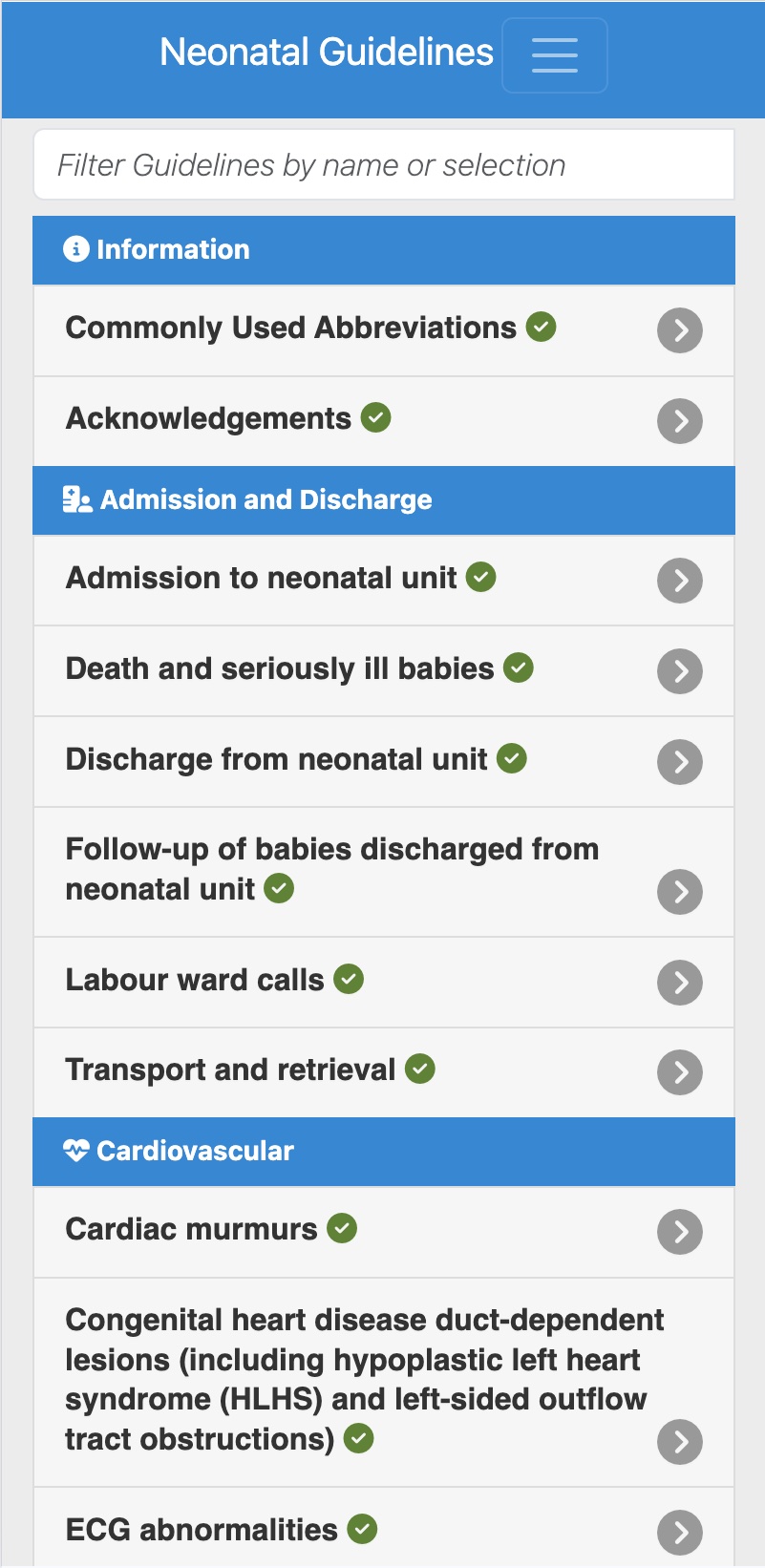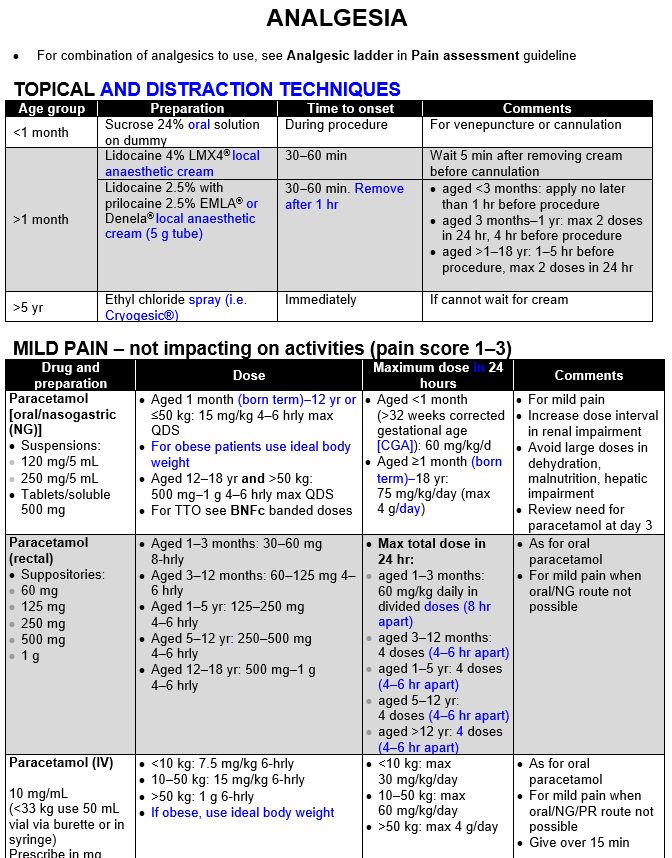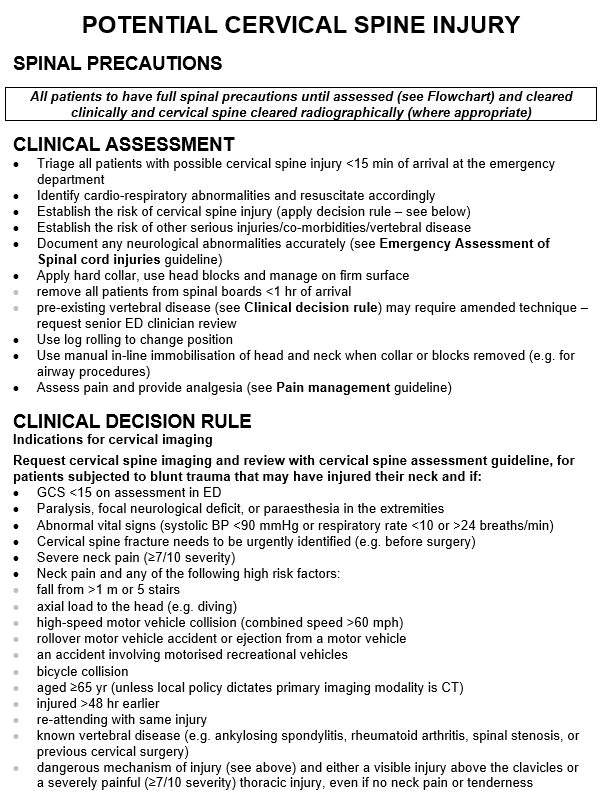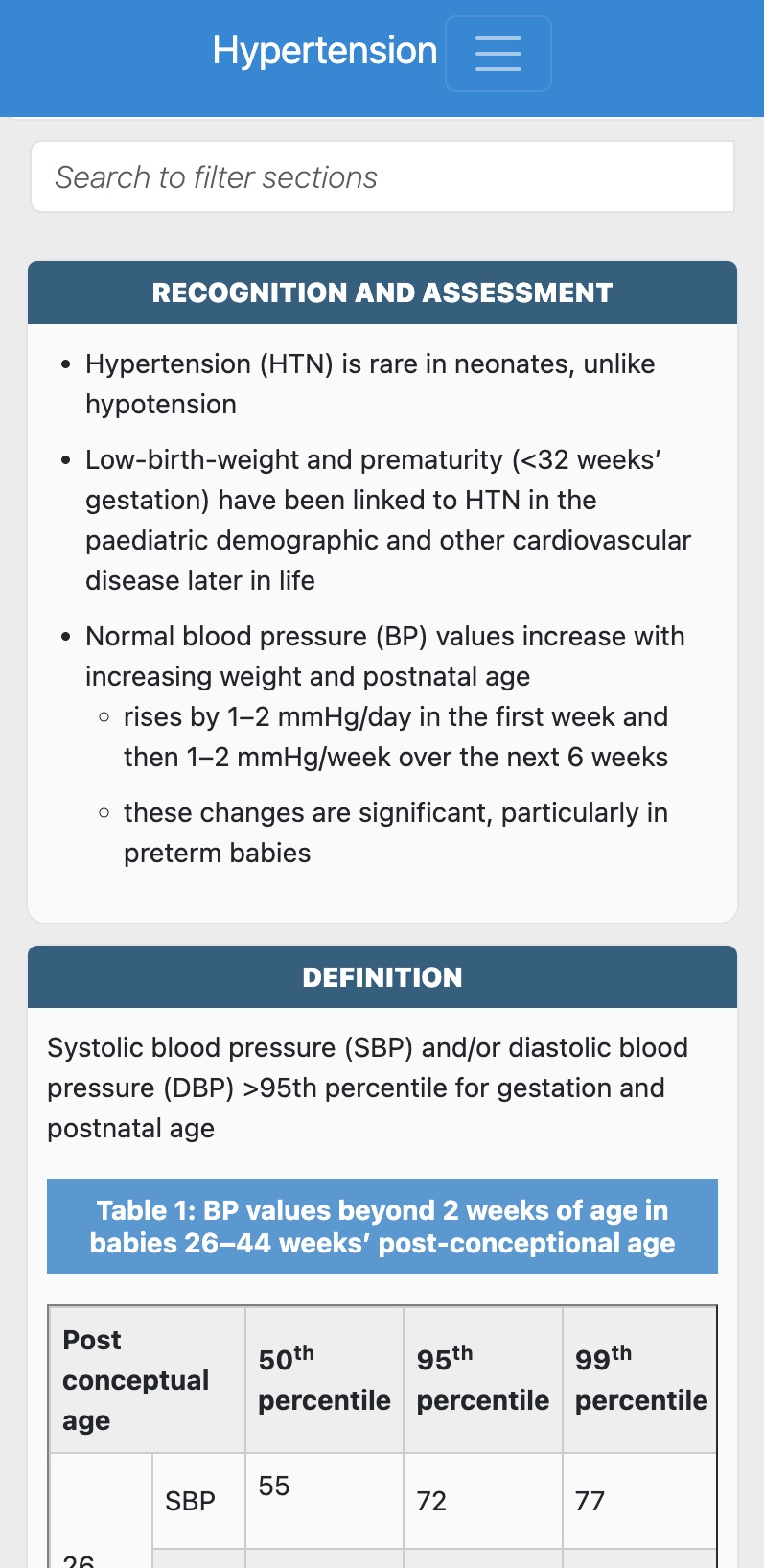Frequently Asked Questions
Why do we need guidelines?
To achieve the highest standards of evidence-based practice, reduce
unnecessary and costly variation in practice and to reduce risk. This is increasingly important
as clinicians work shorter hours with patients being cared for by changing personnel.
Are the guidelines not a duplication of those from NICE?
No. Our guidelines are a fusion of national guidance and everyday
clinical practice and experience; together in one volume per specialty. They are brief and to
the point - a guide to what to do now.
Are the guidelines mandatory?
The guidelines are not intended as a substitute for logical thought and training and must be
tempered by clinical judgement in the individual patient. No guideline will apply to every
patient, even where the diagnosis is clear-cut; there will always be exceptions.
The guidelines are designed to assist clinicians and help to promote consistency, but
recognise that patients are individuals, possibly with co-morbidities or allergies that
require alternative management. Clinicians must be free to adapt the guidelines, which are
explicitly advisory, not mandatory. Divergence does not necessarily signify negligence.
Who does what?
The Partnership is managed by an editorial board, comprising a
clinical lead consultant physician, and seven specialty editors (seven consultant grade and one
senior nurse who each allocate time to review and edit the guidelines). The guidelines team
includes two fulltime developer/coordinators, a clinical effectiveness librarian and a software
developer, working to an annual reviewing and updating cycle.
How often are they updated?
Medical, Surgical and Nursing: Every year
Paediatric, Neonatal, Obstetric & Emergency medicine: Every two-three years
Who decides on topics for the guidelines?
Feedback from users is central. If users suggest there is an area of
care which would benefit from a guideline written for the point of care, the specialty editor
will ask for an appropriate author who will be supported by the guidelines team.
What does my trust receive for its investment?
All the files of the present guidelines are shared via Microsoft
Teams in formats that can be modified by you to suit your local circumstances, followed by
annual or biennial updates of each set of guidelines. A PDF version is also provided to enable
each Trust to put the guidelines on their intranet.
My trust is only interested in one set of the guidelines - can we purchase just the one we want?
We do not sell the guidelines separately; as a member you get ALL the
guidelines for use within your trust and your subscription fee helps to support the guideline
process. However, it is up to individual trusts which guidelines they use and how they tailor
them to their needs.
How do we tailor the guidelines to our trust?
The files include a style guide and information regarding those guidelines we suggest are
reviewed for your local content. All the files use colour-coded text to help members
identify where local information may be required.
The paediatric and neonatal guidelines are mainly generic as they are authored by two
networks consisting of members from several different trusts. We find that, unlike medicine
and surgery, there aren't usually too many changes required. The main area for review is the
recommended antimicrobials and most trusts have local policies on these.
We do suggest that guidelines are reviewed by consultants/clinical nurse specialists leading
for, or interested in, the subspecialty guideline and amended accordingly. There may also be
some differences in regional policies and pathways that may not be consistent with your
trust.
Some partner trusts amend to their local policy and then put the guidelines on to their
intranet. Once this has been done, they find that updating is much simpler next time as they
just use the changes in blue that we send year on year. However, we also know that many of
our partner trusts simply take the guidelines as they are, accessed via their intranet with
caveats regarding antimicrobial policy, advising users where local information is found.
How much does membership of the Bedside Clinical Guidelines Partnership cost?
Our annual subscription fee is currently £5,250 per annum on a
recurring basis. As the guidelines transfer to HTML, the cost will increase due to the increased
costs of maintenance with need for a software designer. The more trusts join the partnership,
the lower will be the cost to all.
Does the partnership make a profit?
No. The partnership is constructed as a non-profit making group. The
running costs of the secretariat (editors, pharmacists, clinical effectiveness librarian,
developer/coordinators, and software designer) are borne equally by all partner trusts.





